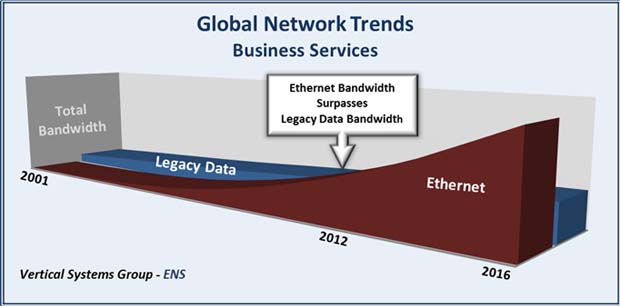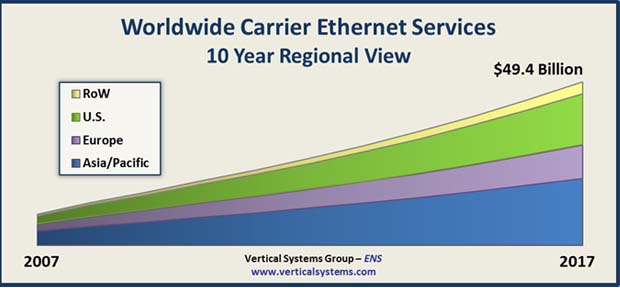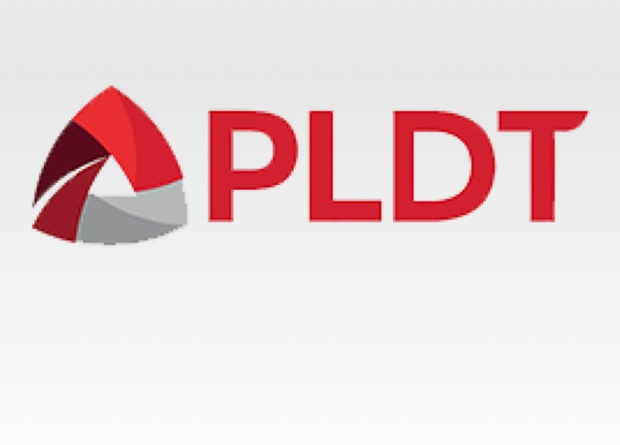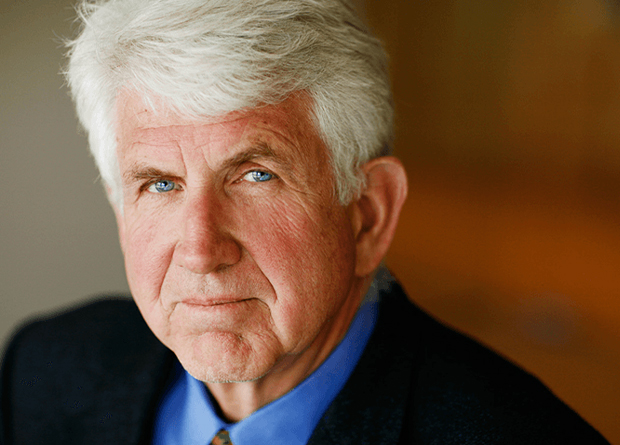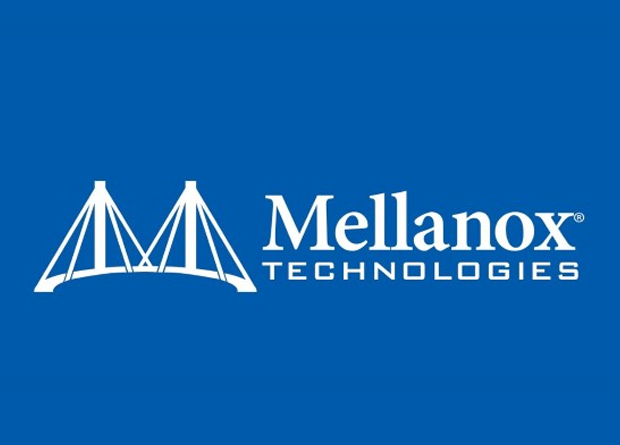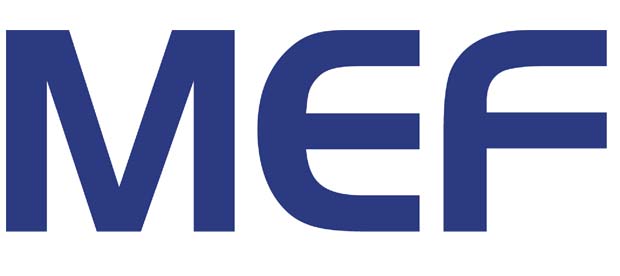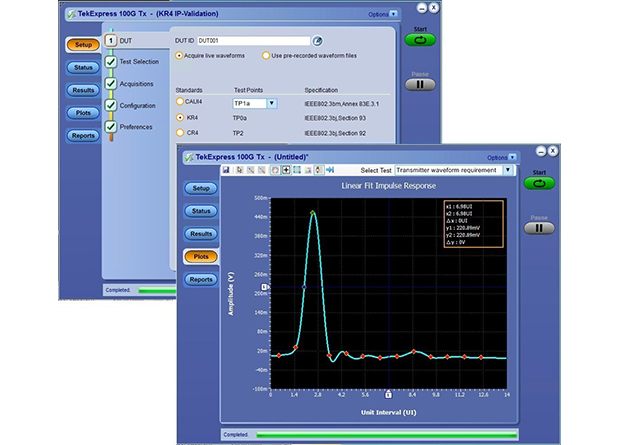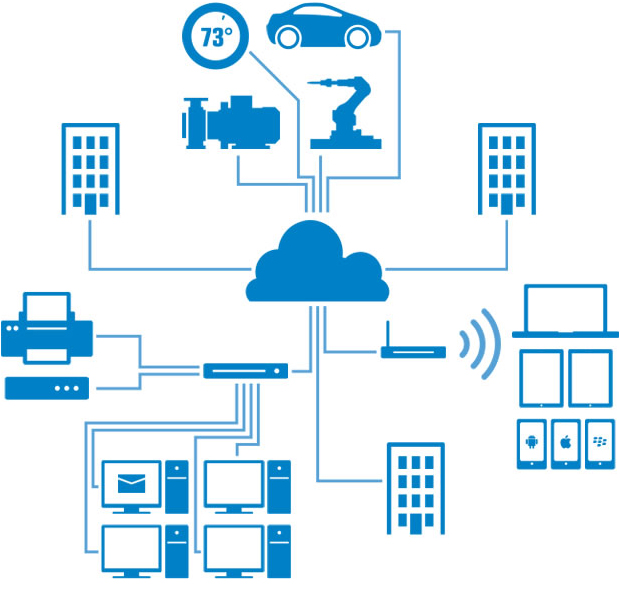By Lionel Snell
What can we do as an industry to accelerate Ethernet in the data centrres and in the clouds? That was the challenge laid down by analyst Erin Dunne, Vertical Systems’ director of research services, chairing a panel session at NetEvents Ethernet Innovation Summit, with panelists Kamal Dalmia, VP sales and marketing, Aquantia; James Walker, president, CloudEthernet Forum; Karen Schmidt, VP for marketing, Comcast Business; Steve Schultz, director of product marketing, Intel Networking Division; and Nan Chen, president, MEF.
Appropriately for an event celebrating Ethernet’s 40th birthday, and the future of innovation, Dunne began by thanking Ethernet’s creators for all the gifts they have given the world, how we can network, access the Internet, telecommute and virtualize: “This is all pretty much due to the revolution in technology that we’ve had over the past 40 years. So that’s my thanks to you all.”
She then underlined the importance of Ethernet with some market data showing Carrier Ethernet as the fastest growing strategic wireline data product worldwide, rising to nearly $50 billion sales by 2017 – Figure 1.
She emphasized that the figures are not for Ethernet equipment but for services – for example a carrier providing connectivity to an enterprise customer: “This shows the fastest growing wireline data service in the world, hands down, nothing’s competing with it. It’s also the only one that has everywhere increased at double-digit rates year-on-year. It’s the preferred technology for service providers and equipment vendors throughout the world”.
Her second slide illustrated the rise in bandwidth and how, in 2012, Ethernet bandwidth overtook the combined total of all other legacy data technologies such as ATM, frame relay, private lines, SNDS, X.25 and ISDN – Figure 2. This, she pointed out, is a very significant development for our industry, so how do we deal with this bandwidth explosion? In particular, how can we best adapt Ethernet for optimal support across data centers and clouds?
The first response came from Nan Chen. For the past 12 years since its inception, the MEF has had three committees, addressing Technical, Marketing and Certification issues: “Today, for the first time in eight years, we announced a new committee, the Service Operations Committee”. The aim of the new committee is to define, streamline and standardize processes for buying, selling as well as operating and delivering MEF-defined services. He explained that this was a big deal for the MEF as an industry forum because it reflected their growing maturity – for this year the number of service providers – 118 out of 214 total members – has overtaken the number of vendor members.
Chen then handed over to James Walker, who declared: “The Industry started talking in December last year about the challenges our customers were seeing in deploying and connecting large-scale data centre environments. So over the last six months, a group of those companies have come together and so we’re announcing today the formation of a new forum in collaboration with the MEF, called the CloudEthernet Forum”. Walker is the CEF’s founding president.
“Ethernet is a powerful enabler in the data center. It connects together the servers, the virtual servers, everything within the data centre environment. As we look to its role in the future, we need to refine and in some cases improve or enhance Ethernet to optimize its performance within a large-scale data centre environment.” He saw this aim as a complement to other current projects such as Layer 3 work being done to virtualise server environments, and approaches to Software-Defined Networking to create a steady state at the transport layer, for more simple manipulation by SDN controllers. The main areas to start with will address things like the explosion of MAC addresses within and between data centres and a project to rationalise storage technologies within the cloud, particularly over Layer 2. Responding to a question from the floor, James said that
The 11 founding members of the CloudEthernet Forum are: Alcatel Lucent, Avaya, Citrix, Equinix, Huawei, HP, Juniper, PCCW Global, Spirent Communications, Tata Communications and Verizon. It describes itself as an MEF organization but will operate independently, and is already canvassing for members such as systems integrators, NEMs and service providers, including leading cloud providers.
Following these announcements, Erin turned to the two vendors on the panel, starting with Kamal Dalmia from the high speed Ethernet connectivity specialist Aquantia. Kamal began with a surprising fact: “It’s a perception that 10G Ethernet is already widely deployed in data centres. Actually, 80 to 90 percent are still using good old 1Gb Ethernet with RJ45 connections. The 20 percent of early adopters are those with their own IT departments who could afford to do the engineering themselves”.
Steve Schultz from Intel said that his company wanted to: “make sure that the network never becomes a bottleneck for Moore’s Law”. He added: “When we talk to our major cloud customers, they can deploy servers today in a matter of minutes or seconds… However, when they reconfigure the network, the time is measured in days or weeks.”
Speaking for the service provider, Comcast Business, Karen Schmidt called for greater consistency: “Every time we build into another data centre, we find a lot of differences. Even within a single large company, there are regional differences. We could all benefit in terms of speed and efficiencies by having some more commonality.” She welcomed the MEF’s new Service Operations Committee initiative, in this respect, and continued: “We need to be able to have multi-tenancy. It’s really important that we can bring multiple customers in there on aggregated equipment, versus single shots and lots of boxes”.
Erin Dunne then moved on to address the need for speed and scale, asking the panel members what keeps you awake at night?
Steve Schultz reiterated his point about not wanting the network to be the bottleneck, adding: “So one of the things that we see is the amount of devices, the amount of mobile devices, the data that the carriers have to carry. It is exceeding the pace at which we can develop, or deploy, equipment. So we have to do it in a much smarter way, and we have to get to a space where we can virtualise these network functions.” If they could cut the 90 day lead time to 90 minutes it would allow carriers to provide services faster and earn more money by offering more personalised services.
Kamal Dalmia’s main headaches were the smartphones and the cabinets: “Moving to WiFi will have a profound impact on the traditional Ethernet networks, especially in the enterprise LAN environment. The number of ports will go down, but at the same time they will evolve in a different way and still provide more services. So instead of say 100 million PCs, you have 10 million access points that will use traditional ports, but they are today’s higher speed, better quality Ethernet ports”.
In response to a challenge from the floor about this decline in ports, Kamal admitted that the movement to cabinets was primarily in the more developed countries: “But in places where you still have traditional desktops ramping up, it is true that the number of Ethernet ports will go up. But I think you will find is that we’re talking hundreds of millions of ports in the LAN environment relative to a few million ports in the carrier or the data centres or the macro environments”.
James Walker had two perspectives – one as president of the new CEF, the other as Tata the service provider responding to customer demands. Simple Internet connection between datacentres was no longer meeting sophisticated needs. Customers were asking for specific latencies for specific paths, or they want traffic to avoid a particular route because of regulatory concerns where they can’t take private data outside a particular country’s borders: “This very deterministic behaviour, very controlled behaviour between data centres, is something that’s becoming very complicated from a traffic engineering point of view”.
Erin drew attention back to her sales figures, showing that Ethernet was taking over but there’s still billions of dollars of legacy connection out there worldwide. The really big drop is in ATM and Frame Relay, but private lines remain a pretty steady market for the simple reason that they work, and they provide a bandwidth and a ubiquity that a lot of folks like, especially for smaller networks or those with really tight needs. So customers want the best of the newer technology with the best of what they used to love about their old networks.
The session concluded with Erin asking the panel to look way ahead and say what their priorities would be for the Ethernet of the future – say Ethernet 5.0. There was a strong consensus around three key needs: scale, speed and automation.




















































































